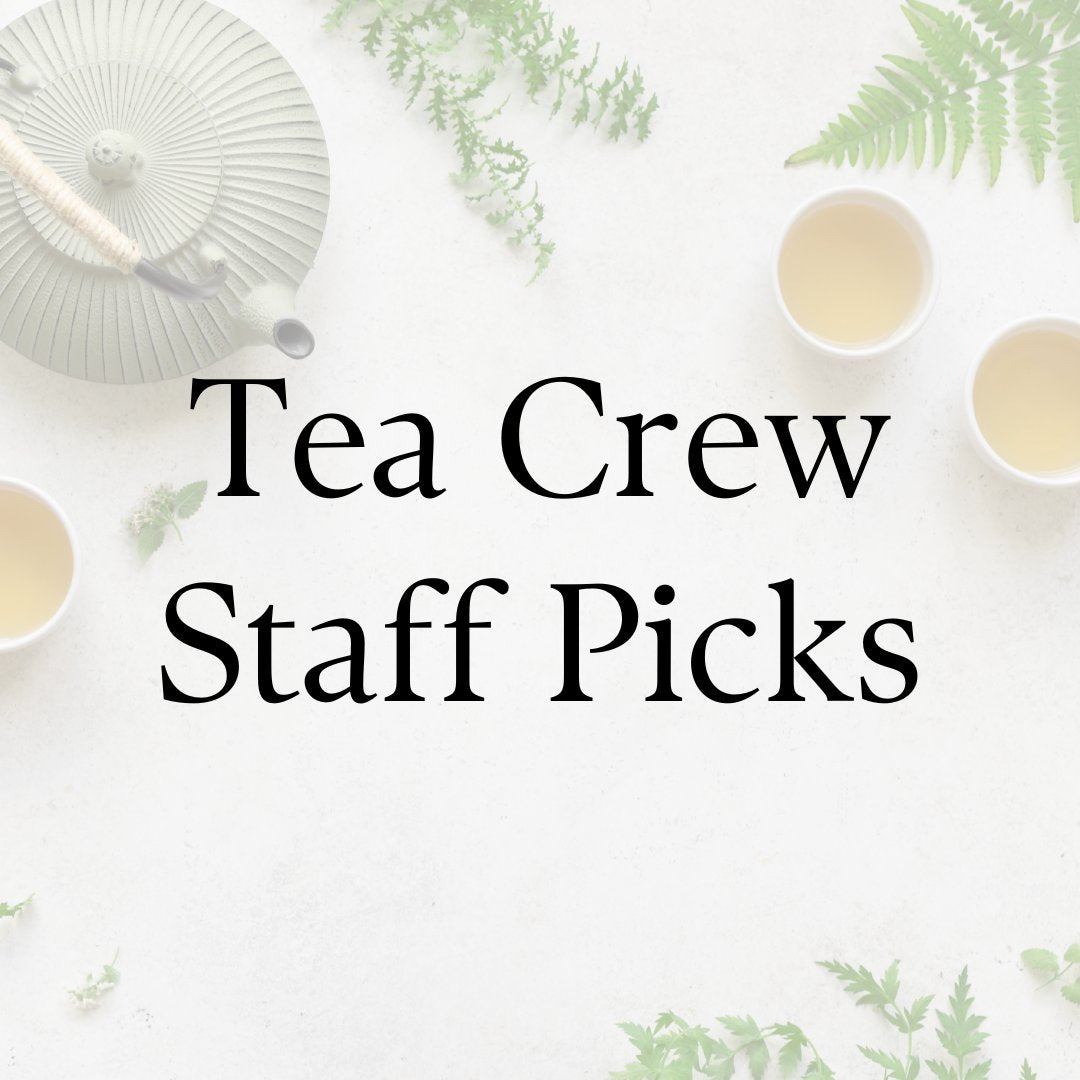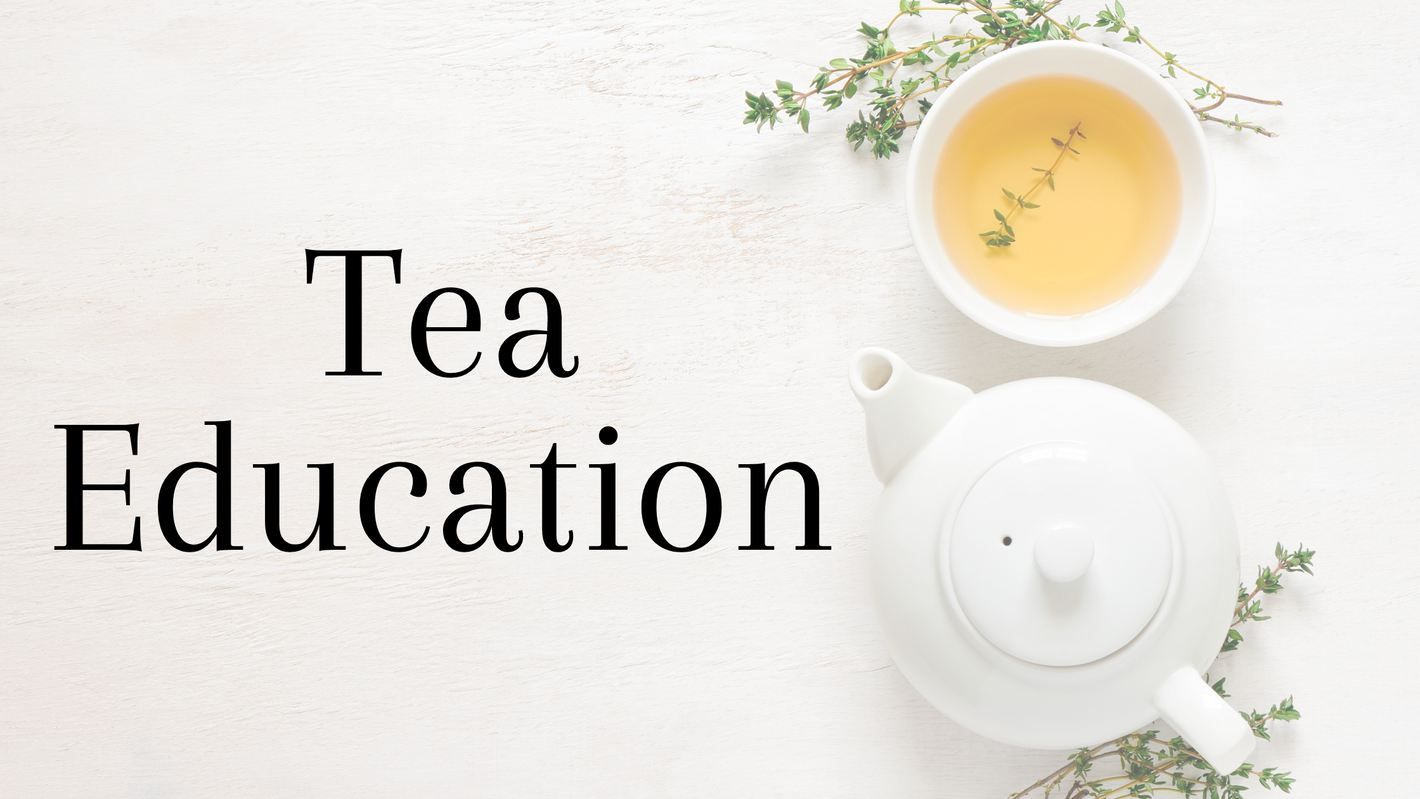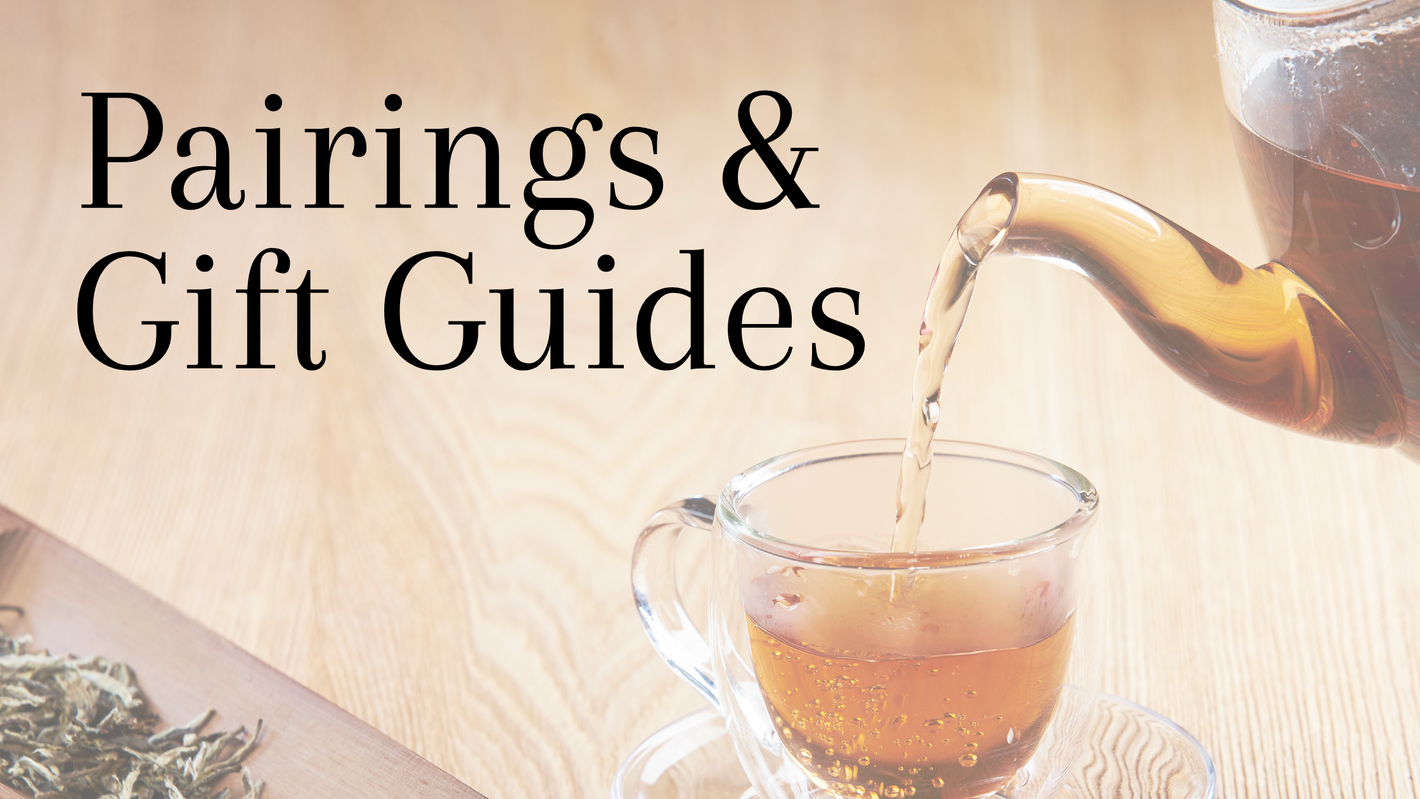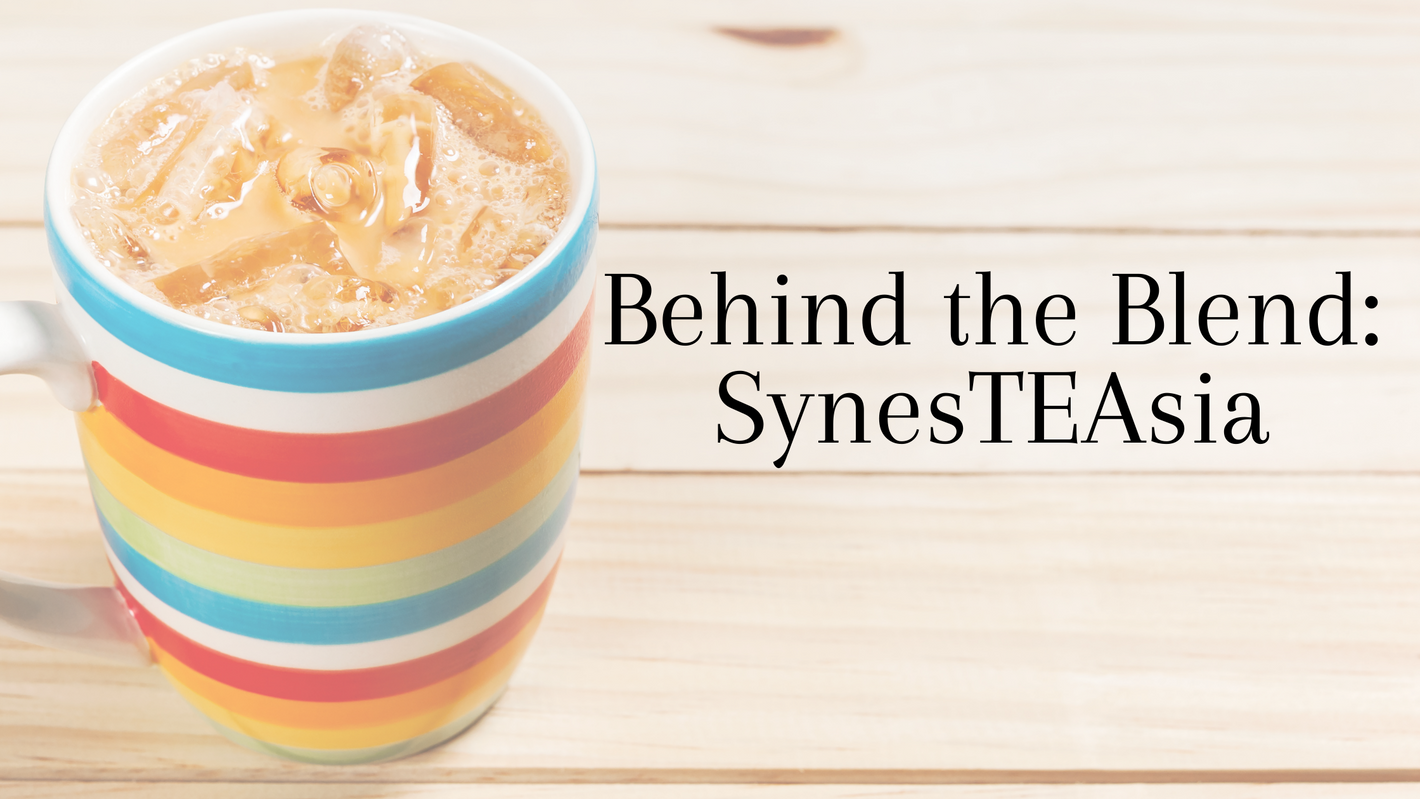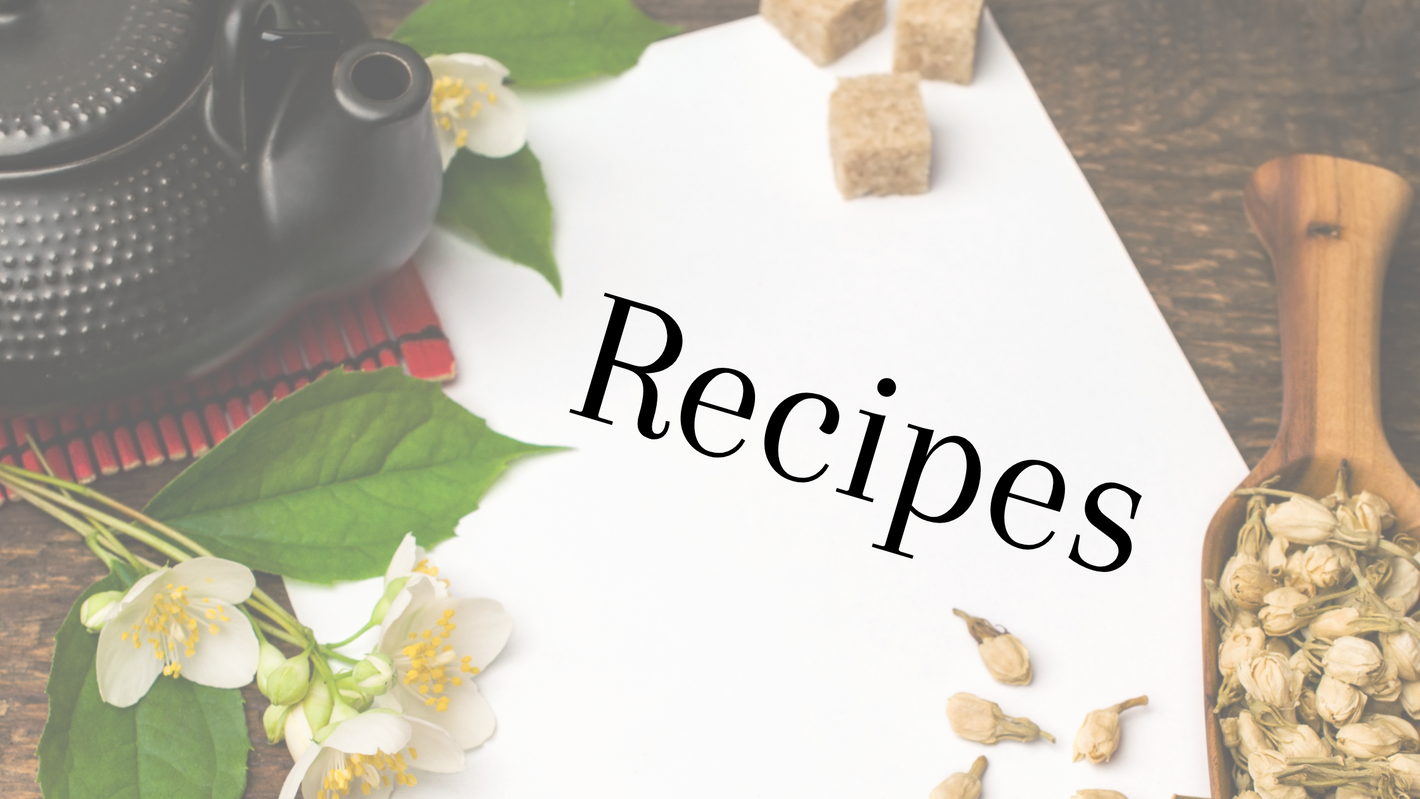A wounded heart. A shattered sense of self. A horrifying decision with echoing posthumous repercussions...this is the tragedy of La Llorona.
Content Warning: we'll be touching on themes of child death, drowning, and abortion in the post below. Please know your limits and take care of yourself!
Content Warning: we'll be touching on themes of child death, drowning, and abortion in the post below. Please know your limits and take care of yourself!
As espooky season winds down, I'm reveling in my favorite genre: Latin American horror. And golly is there ever a lot of it. We Latines are nothing if not steeped in the eerie and supernatural! I had the opportunity to bring my personal favorite ghost story to watery, tea-based life this season, and I hope you'll get as much a kick out of this blend and the story behind it as I do.
First: for those who are unfamiliar with me (Friday, hi there) & my blending method, allow me to introduce myself. Proudly serving as our CEO and Head Tea Witch for over a decade now, I have the distinct pleasure of using my Lexical-Gustatory Synesthesia (a neurological cross-wiring which causes me to taste words and abstract concepts) to craft teas that taste like what I literally taste in my mouth when I engage with the ideas and stories and music and memories we love. More on that in this previous blog post!
Today, I'd like you to accompany me on an unsettling tale of aquatic filicide and the flavor story born thereof. A famous Mexican ghost story so ubiquitous that it has an actual theme song. As with all long-running ghost stories, her tale changes with each region and generation. This is my synesTEAsia breakdown of the way I know her and came to create our tea La Llorona. Let's explore each ingredient's vital role in communicating her tale through flavor, texture, and aroma.
Picture a young woman, swept off her feet by a dashing man and carried off for a lifetime of sweet kisses and fidelity...or so he promised. Two children and a wandering eye later, and the love of her life has drifted away from her heart. Upon discovering he's strayed, the woman is driven mad with grief and jealousy. Out of her mind, she drowns their two children in the nearby river and herself perishes of a broken heart on the river bank. If only that were the end of the story...
It's said that the woman was denied entrance to heaven until she can find the souls of her children. Her crying specter walks the earth nightly, searching for her lost babies. Children who are out after dark, who cry instead of hushing in their beds, who otherwise draw attention when they oughtn't, are all a beacon to her weeping, seeking eyes. La Llorona takes these children down to the river to claim their lives, hoping each soul may be one of her own babies'.
Why do I love this story so much? Why did it need to exist in tea form?
Why do I love this story so much? Why did it need to exist in tea form?
My espooky little soul desires ghost stories. I love domestic horror, especially maternal horror. Themes of betrayal, loss of agency, and railing helplessly against entrapment are present in every piece of domestic horror media. Not only is this my favorite genre, full of rich, complex, emotional themes, but also one that is culturally close to my heart, as it's the bedtime equivalent of a chancla threat for Mexican children. There's something wickedly hilarious to me about a ghost story designed to scare kids into behaving.
"You'd better hush up and go to sleep, or this ghost lady will come drag you down to the river and drown you!"
That's HORRIBLE and I LOVE IT.
"You'd better hush up and go to sleep, or this ghost lady will come drag you down to the river and drown you!"
That's HORRIBLE and I LOVE IT.
So, who's ready to get weird about a crying ghost?
La Llorona's baseline vibe is wet. She's a weepy aquatic mess. Combine the riverbed with the hopeless maternal heartbreak, and my synesthesia filter gives a distinct impression of heavy, dark things. A weight on the tongue. A sluggish fullness that is both sweet and dank. For these flavors, we'll go to the buttery vegetal notes of Pai Mu Tan (aka White Peony) white tea and its flower counterpart, blue butterfly peaflower. A sense of river weeds tangling your ankles and dragging you to the murky depths tags in with purple hollyhock. We're off to a great start here with full, heavy, smooth, wet and funerary notes in texture, flavor, and visual aesthetic!
I'll admit the mugwort is just wicked. While his herb has been used historically to facilitate astral projection and travel between realms, it has also been used (unsafely and in massive quantity, I feel obligated to add) as an at-home abortifacient. Sorry, kids.
SPEAKING of familial murderous intent, I have to share my favorite part of this profile. The crown jewel of clever ingredients. Almond flavoring serves as my personal nod to the vengeful wife girl bosses of yore, as cyanide poisoning was long a favored method of husband extermination. The sweet almond aroma and flavor of cyanide made it a perfect tool for olde timey culinary death-dealing.
All together, we get a thick brew which looks like a river's darkest corners, smells and tastes like dangerous intent, and has spiritual herbalism elements to assist with walking between worlds. As you may imagine, this is already my personal go-to tea while penning my own horror stories.
Spooky Sipping, Teahearts!
La Llorona's baseline vibe is wet. She's a weepy aquatic mess. Combine the riverbed with the hopeless maternal heartbreak, and my synesthesia filter gives a distinct impression of heavy, dark things. A weight on the tongue. A sluggish fullness that is both sweet and dank. For these flavors, we'll go to the buttery vegetal notes of Pai Mu Tan (aka White Peony) white tea and its flower counterpart, blue butterfly peaflower. A sense of river weeds tangling your ankles and dragging you to the murky depths tags in with purple hollyhock. We're off to a great start here with full, heavy, smooth, wet and funerary notes in texture, flavor, and visual aesthetic!
I'll admit the mugwort is just wicked. While his herb has been used historically to facilitate astral projection and travel between realms, it has also been used (unsafely and in massive quantity, I feel obligated to add) as an at-home abortifacient. Sorry, kids.
SPEAKING of familial murderous intent, I have to share my favorite part of this profile. The crown jewel of clever ingredients. Almond flavoring serves as my personal nod to the vengeful wife girl bosses of yore, as cyanide poisoning was long a favored method of husband extermination. The sweet almond aroma and flavor of cyanide made it a perfect tool for olde timey culinary death-dealing.
All together, we get a thick brew which looks like a river's darkest corners, smells and tastes like dangerous intent, and has spiritual herbalism elements to assist with walking between worlds. As you may imagine, this is already my personal go-to tea while penning my own horror stories.
Spooky Sipping, Teahearts!
xoxo, Friday
